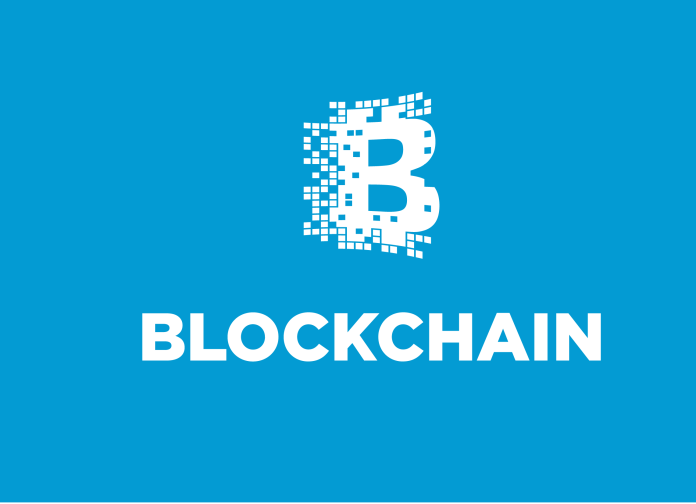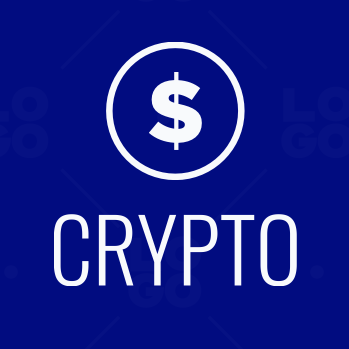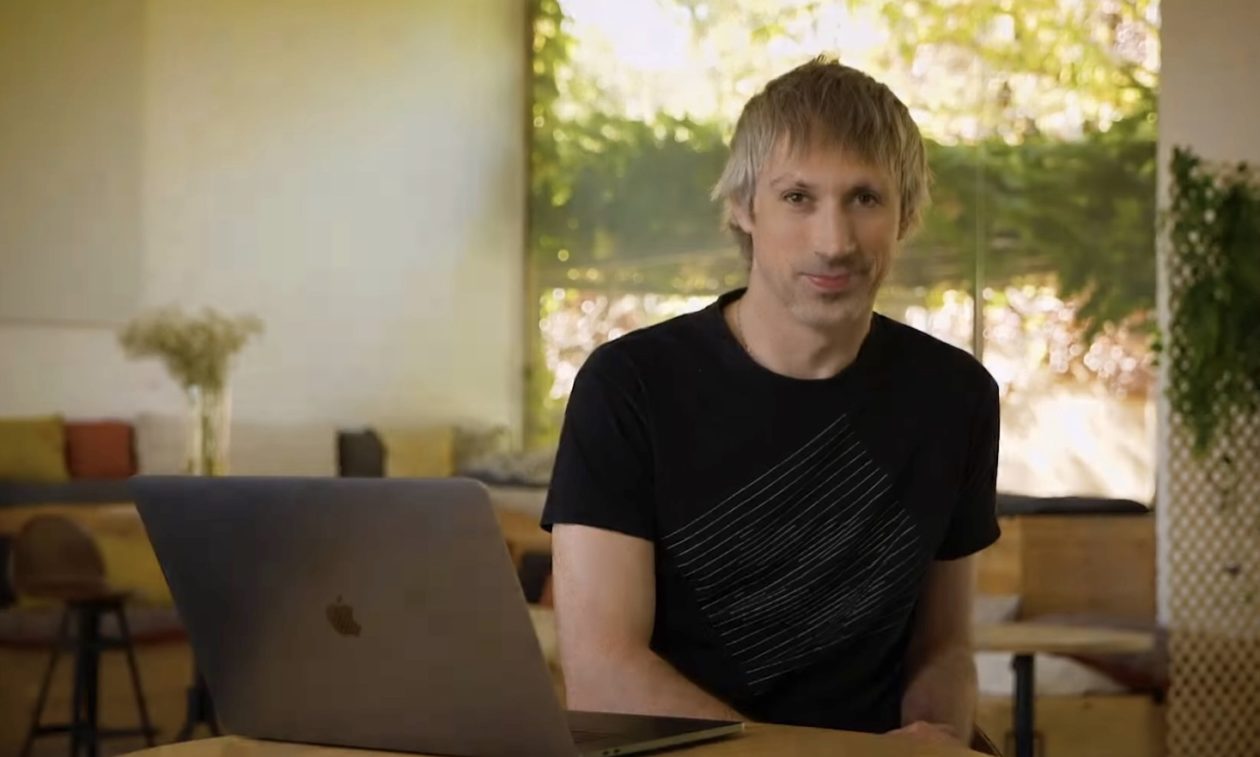3 Short Key Takeaways
- A layer 1 blockchain is the foundational protocol that processes transactions and enforces consensus — it’s the base “settlement” layer.
- In 2025–26, layer 1 networks are evolving to meet demands for scalability, specialization and real-world application beyond token transfers.
- When choosing or evaluating a layer 1 network, consider ecosystem maturity, upgrade roadmap and how well it supports real-world use cases.
What Is a Layer 1 Blockchain?
In the fast-moving world of blockchain and crypto, understanding the infrastructure beneath the hype is critical. In 2025 and heading into 2026, the term layer 1 blockchain keeps recurring — yet many still ask: what exactly does it mean? At its core, a layer 1 blockchain is the foundational network in a blockchain stack: the base protocol that executes transactions, enforces consensus and defines the rules of the system. Koinly+2CoinMarketCap+2
Why does this matter now? Because as blockchain adoption broadens — spanning finance, gaming, identity and supply-chains — the performance, architecture and ecosystem of layer 1 networks are under greater scrutiny than ever. Newer entrants and upgrades in 2025–26 aim to address scalability bottlenecks, security trade-offs and real-world use cases in ways that were theoretical just a year ago.
The Fundamentals of Layer 1 Networks
At its simplest, a layer 1 blockchain is the “base layer” of a distributed ledger. It handles the core tasks: validating transactions, producing blocks, enforcing consensus and maintaining a native token. Purpose Investments
Consensus, Security & Decentralisation
One of the defining features of a layer 1 chain is how it reaches consensus among nodes. Whether via Proof of Work (PoW), Proof of Stake (PoS) or other mechanisms, these networks must balance decentralisation, security and scalability — often referred to as the “blockchain trilemma.” MoonPay+1
Native Token and Settlement Layer
Unlike “layer 2” or higher-layer protocols that piggy-back on a base chain, a layer 1 network has its own token and acts independently. It is the settlement layer: transactions are settled directly on it, not on a secondary chain. Hedera+1
Also read: How to Create an NFT on OpenSea
Why It’s Called “Layer 1”
Thinking in layers helps to visualise how blockchain architectures are composed. Layer 1 is the foundation; layer 2 and beyond build on that foundation to add features such as higher throughput, specialised application logic or interoperability. Cointelegraph+1
What’s Changing in 2025 and 2026?
As we move into the latter half of the decade, three key trends are shaping how we think about layer 1 blockchains.
1. Scaling Without Compromising Integrity
For early layer 1 networks, scalability was a pain point. Block times, throughput, transaction costs and energy consumption varied widely. MoonPay+1 In 2025–26 we’re seeing solutions such as sharding, novel consensus protocols and modular architectures that aim to increase speed and capacity while maintaining decentralisation and security.
2. Competition & Specialisation
Not all layer 1 networks are built the same. While foundational chains like Bitcoin and Ether (on Ethereum) still dominate the narrative, newer entrants are targeting verticals: high-throughput gaming chains, enterprise chains, regulatory-compliant networks. In 2025–26, layer 1 networks will be judged not just on token price but on real-world adoption, ecosystem health and interoperability.
3. Ecosystem Integration & Real-World Use Cases
Layer 1 networks in 2025–26 are increasingly expected to support more than just token transfers. They are becoming the backbone for decentralised finance (DeFi), non-fungible tokens (NFTs), identity systems, supply-chain verification and Web3 applications. The robustness of a layer 1 network’s infrastructure becomes a competitive edge. Casper Network+1
Why It Matters for Stakeholders
For developers, investors and enterprise users alike, understanding layer 1 blockchains is more than academic.
- For developers: Choosing the right layer 1 network determines scalability, cost, security and tool-ecosystem.
- For investors: The health of a layer 1 network’s infrastructure, ecosystem activity and upgrade roadmap may signal future value.
- For enterprises: Layer 1 selection affects transaction finality, regulatory compliance, integration complexity and long-term stability.
In 2025–26, when many layer 1 upgrades are planned or underway, being informed matters — whether you’re building, investing or adopting.
The Outlook: What to Expect
Looking ahead into 2026 and beyond, a few things stand out for layer 1 blockchains.
- Greater modularity and inter-chain collaboration. As networks mature, we’ll see more bridges, cross-chain protocols and ecosystems where multiple layer 1s interoperate.
- Focus on developer experience. The layer 1 that offers strong tooling, predictable fees, robust SDKs and documentation will gain adoption.
- Enterprise adoption and permissioned models. Some layer 1 networks will cater specifically to enterprise or regulated use cases, shifting the narrative from “blockchain for crypto” to “blockchain for business.”
- Continuous upgrade cycles. With many networks moving to PoS, sharding or hybrid consensus, the architecture of layer 1 is evolving — so staying current is vital.
Conclusion
A layer 1 blockchain is no longer just a buzz-term — it’s the foundation on which the next generation of decentralised applications, financial systems and digital ecosystems will be built. As we move through 2025 into 2026, the architecture, performance and ecosystem of layer 1 networks will increasingly determine which platforms lead and which fall behind.
Whether you’re a developer evaluating which network to build on, an investor assessing long-term infrastructure bets, or an enterprise looking into blockchain adoption — the fundamentals of layer 1 matter. Focus on how a network handles consensus, scalability, ecosystem growth and real-world use cases. Because while layer 2 and beyond will carry much of the workload, it’s the layer 1 base that remains the ultimate settlement layer.




